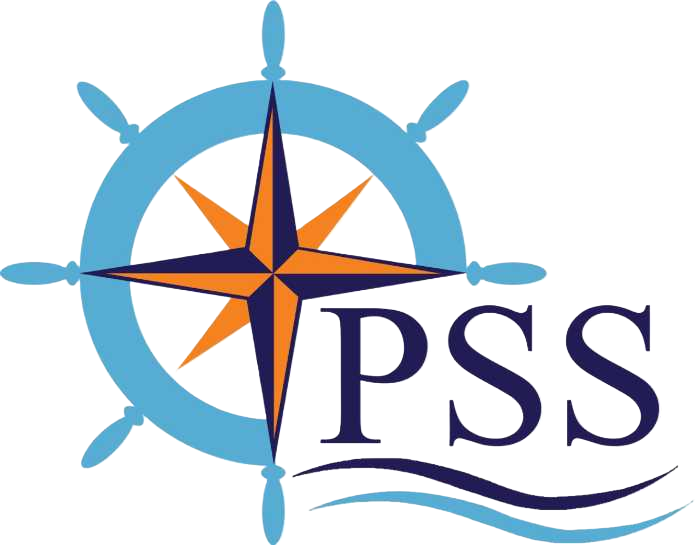Customs clearance


Customs clearance
Customs Clearance: A Comprehensive Guide
Customs clearance is the process of transferring imported and exported goods across a country’s borders to enter or exit. This process is usually carried out by merchants and trading companies, requiring a deep understanding of customs laws and regulations. In this article, we aim to familiarize you with all aspects of customs clearance.
1. Definition of Customs Clearance
Customs clearance means the freedom of goods that cross borders. This process includes document evaluation and review, payment of relevant duties and taxes, cargo inspection, and confirmation of goods’ compliance.
2. Stages of Customs Clearance
Customs clearance involves several key stages:
– Document Collection: Including commercial documents, invoices, bills of lading, and pro forma invoices.
– Completion of Customs Forms: Specific forms that must be filled out for customs.
– Payment of Customs Duties: Including import and export duties and taxes.
– Cargo Inspection: Customs may conduct inspections of the goods.
– Receiving Release Authorization: After confirming and reviewing all documents, goods are released.
3. Required Documents for Customs Clearance
To clear goods through customs, the following documents are necessary:
– Commercial invoice
– Pro forma invoice
– Bill of lading
– Certificate of origin
– Insurance documents
– Customs declaration
4. Role of Customs Broker
A customs broker is a specialized professional who assists merchants and traders in the customs clearance process. These individuals can help navigate complex regulations and resolve potential issues.
5. Taxes and Customs Duties
Customs clearance comes with costs such as taxes and duties. These fees vary depending on the type of goods, their value, and the country of origin. Ensuring timely payment of these fees is essential for reducing clearance time.
6. Challenges in Customs Clearance
Customs clearance can come with its own set of challenges:
– Delays in Clearance: This issue may arise from document deficiencies or payment issues.
– Prohibited Products: Some goods may not be allowed entry due to legal or health reasons.
– Currency Fluctuations: Exchange rate changes can impact customs clearance costs.
7. Important Tips to Facilitate Customs Clearance
To ease the customs clearance process, paying attention to the following tips is crucial:
– Familiarity with Customs Laws: Each country has its own specific regulations.
– Utilizing Specialized Services: If you are not an expert, it is advisable to consult professionals.
– Time Management: Reviewing all documents before submission can prevent delays.
8. Conclusion
Customs clearance is a complex process, but by understanding the stages, required documents, and regulations, this process can be managed simply. In today’s world, with the rise of international trade, having comprehensive knowledge of customs clearance processes can play a significant role in your business’s success.
